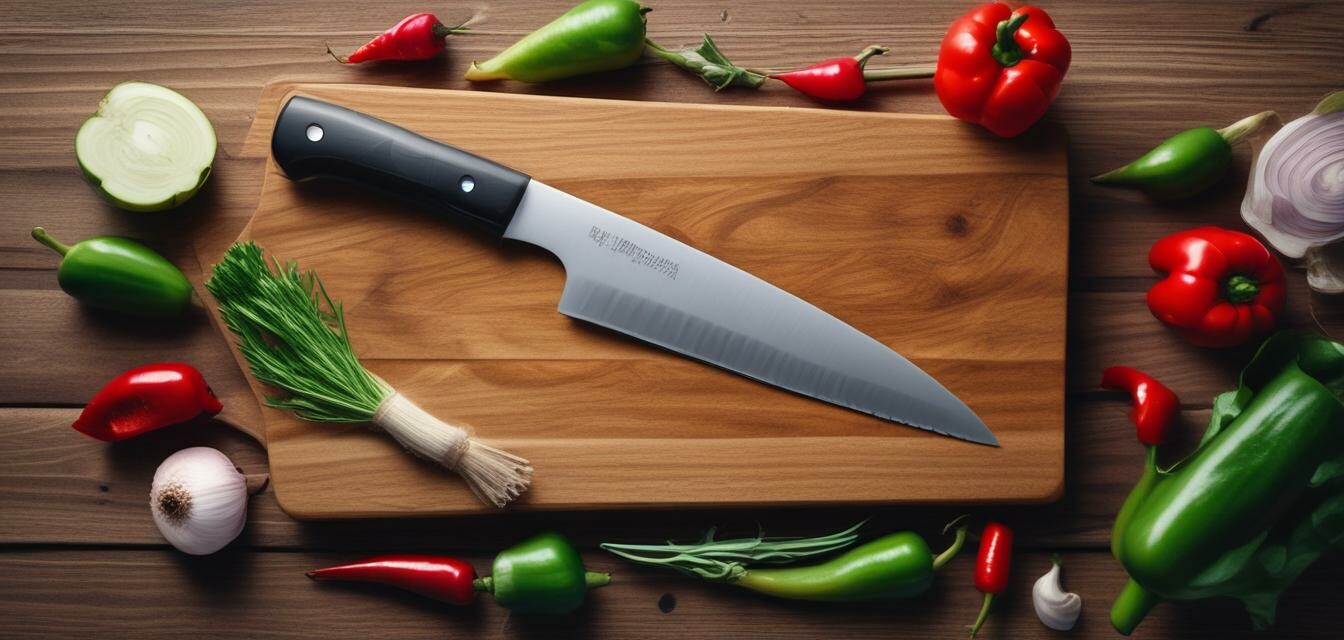
Advanced knife skills every cook should master
Key Takeaways
- Good knife skills improve efficiency and safety in the kitchen.
- Mastering different cutting techniques enhances presentation.
- Investing in quality knives and maintaining them is essential.
- Practice is key to developing confidence in your knife skills.
Having advanced knife skills is a fundamental part of becoming a proficient cook. Not only do these skills enhance your efficiency in the kitchen, but they also allow for greater creativity and precision when preparing meals. In this guide, we’ll explore essential knife techniques and tips to help you wield your knives like a pro.
Why are knife skills important?
Knife skills are not just about cutting; they contribute significantly to your overall cooking experience. Here are several reasons why mastering knife skills is essential for any cook:
- Efficiency: Quick and precise cuts save time during meal prep.
- Safety: Proper knife handling reduces the risk of injuries.
- Presentation: Uniform cuts make dishes look more appealing.
- Consistency: Similar-sized pieces cook more evenly.
Essential knifes for every kitchen
Not all knives are created equal. Here’s a breakdown of essential knives that every cook should know how to use:
| Knife Type | Primary Use |
|---|---|
| Chef's Knife | Versatile; used for chopping, slicing, and dicing. |
| Paring Knife | Ideal for intricate cuts and peeling fruits and vegetables. |
| Fillet Knife | Perfect for filleting fish and cutting delicate meats. |
| Bread Knife | Used for slicing bread without crushing it. |
| Santoku Knife | Japanese knife for slicing, dicing, and mincing. |
Basic knife techniques to master
Here are some foundational techniques that every cook should master:
1. The Rock Chop
This technique utilizes the curved edge of the chef's knife. Here's how to perform it:
- Place your non-dominant hand on the food item.
- With your dominant hand, hold the blade with fingers gripping the handle.
- Rock the knife back and forth, using the tip of the knife as a pivot.
2. The Dice
Dicing is the process of cutting food into small cubes. Typically used for vegetables:
- For even dicing, start with horizontal cuts followed by vertical cuts.
- Ensure uniformity for even cooking.
3. The Julienne
This technique creates thin, matchstick-shaped vegetable strips:
- Start by flattening the vegetable with a knife.
- Cut into long strips, then rotate and cut crosswise into sticks.
Maintaining your knives
Taking care of your knives is just as important as knowing how to use them. Here are some maintenance tips:
- Sharpening: Regularly sharpen your knives using a whetstone or honing steel.
- Cleaning: Hand wash knives instead of putting them in the dishwasher to avoid damage.
- Storage: Use a knife block or magnetic strip to store your knives safely.
Best practices for safe knife handling
Safety should always be a priority while using knives. Here are a few best practices:
- Cut away from your body: Always direct the knife blade away from yourself.
- Use a cutting board: This provides a safe surface and protects your knives.
- Stay focused: Avoid distractions while using sharp objects to reduce the risk of accidents.
Practice makes perfect
Building advanced knife skills takes time and practice. Here are some suggestions to improve your abilities:
- Start with basic techniques, then gradually move to more complex cuts.
- Engage in repetitive practice to build muscle memory.
- Take cooking classes to learn directly from experts.
Pros
- Enhances cooking efficiency.
- Improves food presentation.
- Allows for creativity in meal prep.
- Decreases kitchen accidents.
Cons
- Requires practice and patience.
- Can be unsafe without proper techniques.
- High-quality knives can be expensive.
Conclusion
Mastering advanced knife skills is essential for any cook looking to elevate their culinary game. With the right techniques and consistent practice, you can improve your efficiency, presentation, and overall enjoyment in the kitchen.
For more tips and guides, check out our articles on Cooking Tips & Techniques, and explore our product categories such as Cutlery and Knives to find tools that can help you in your journey to becoming a master chef.